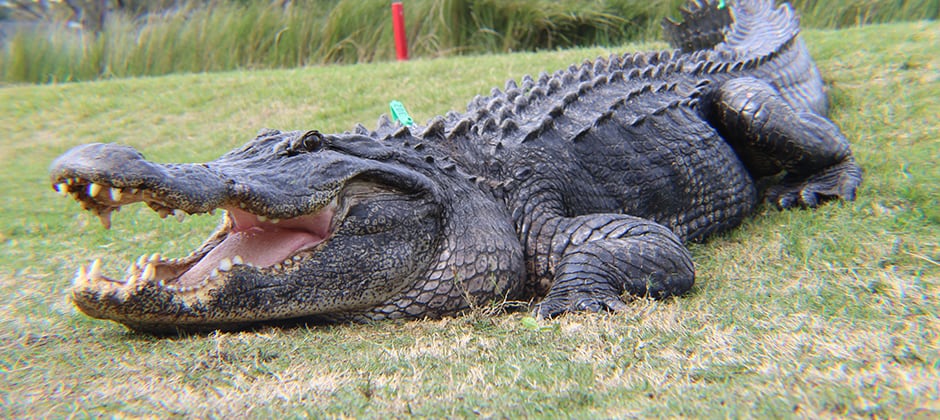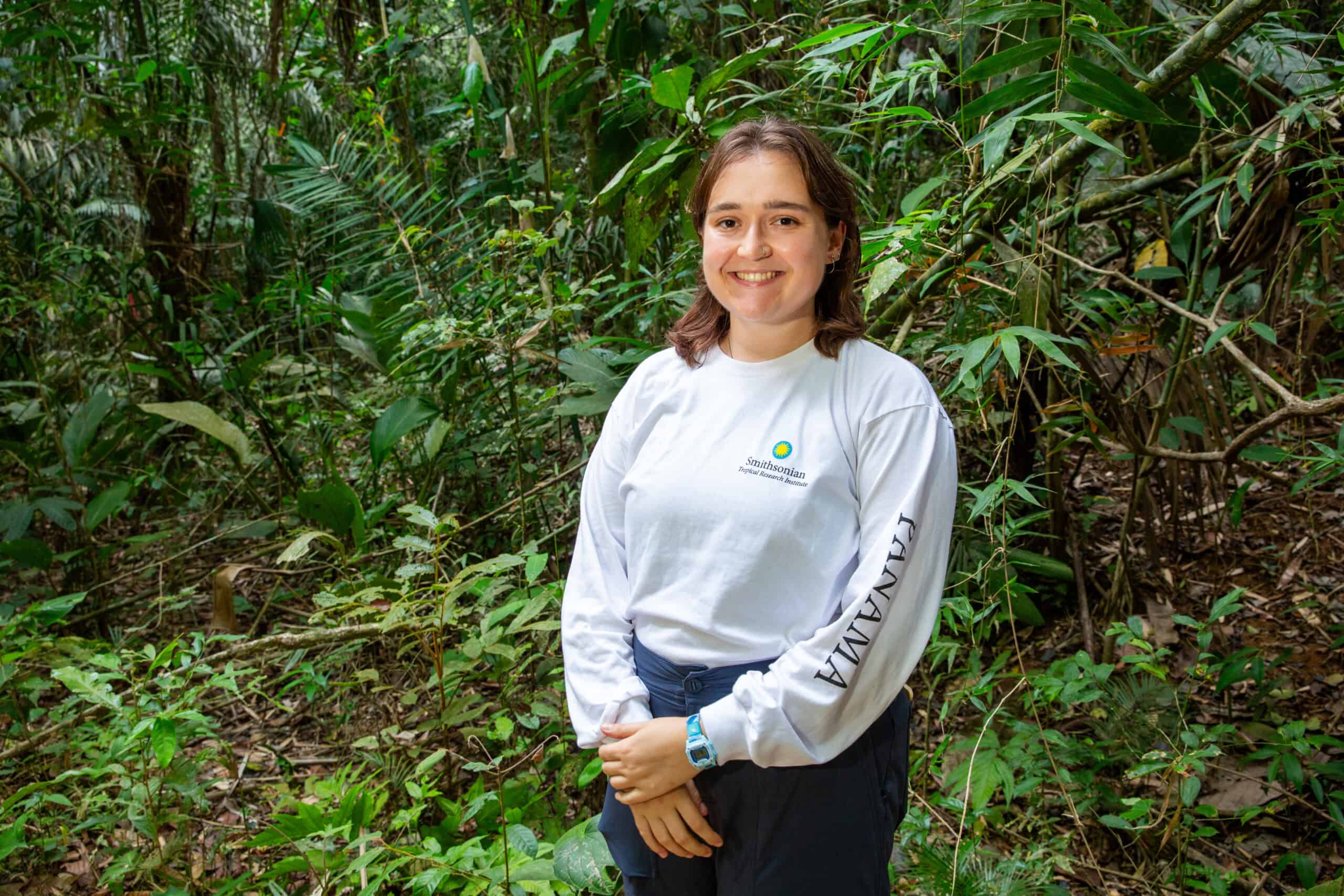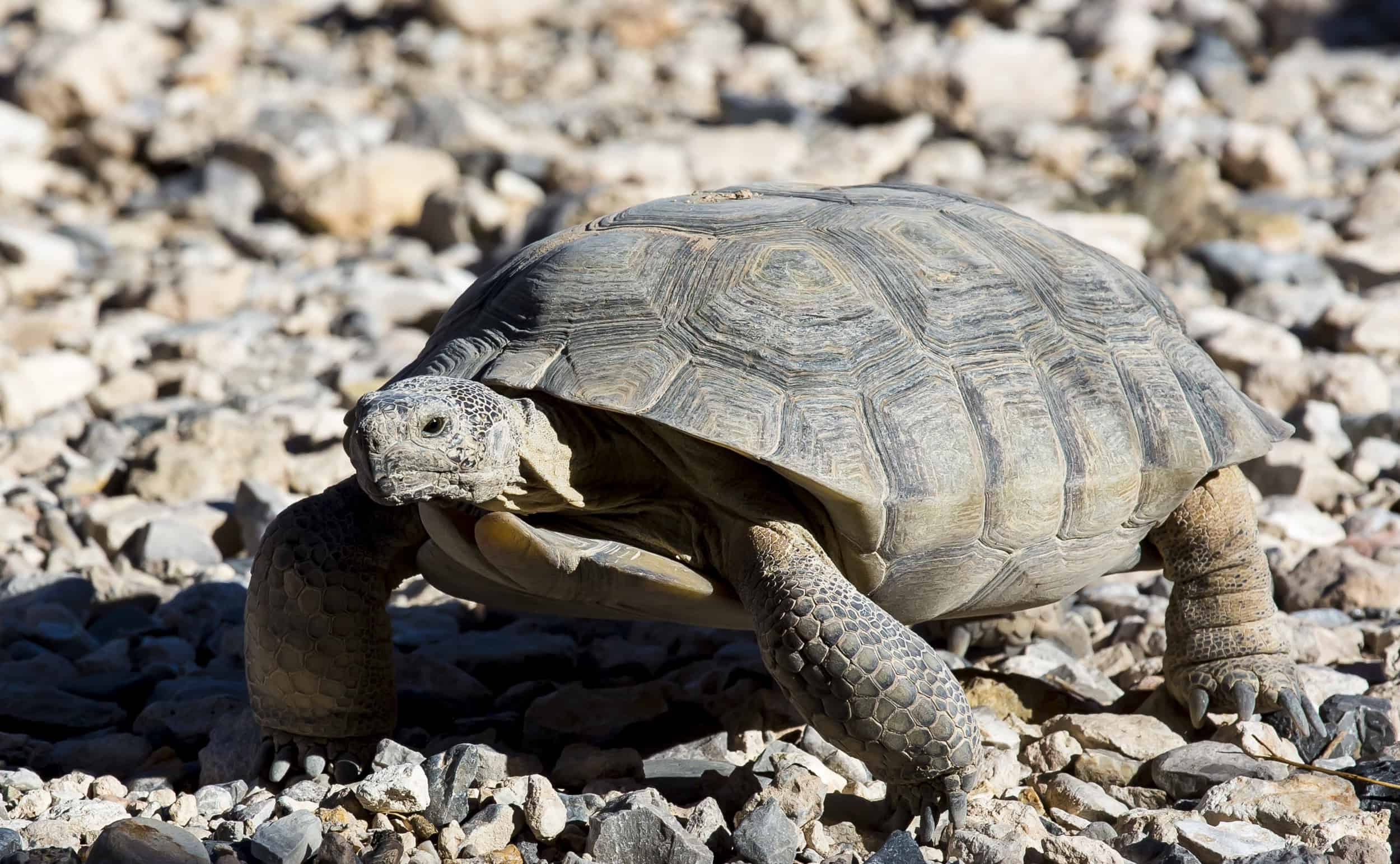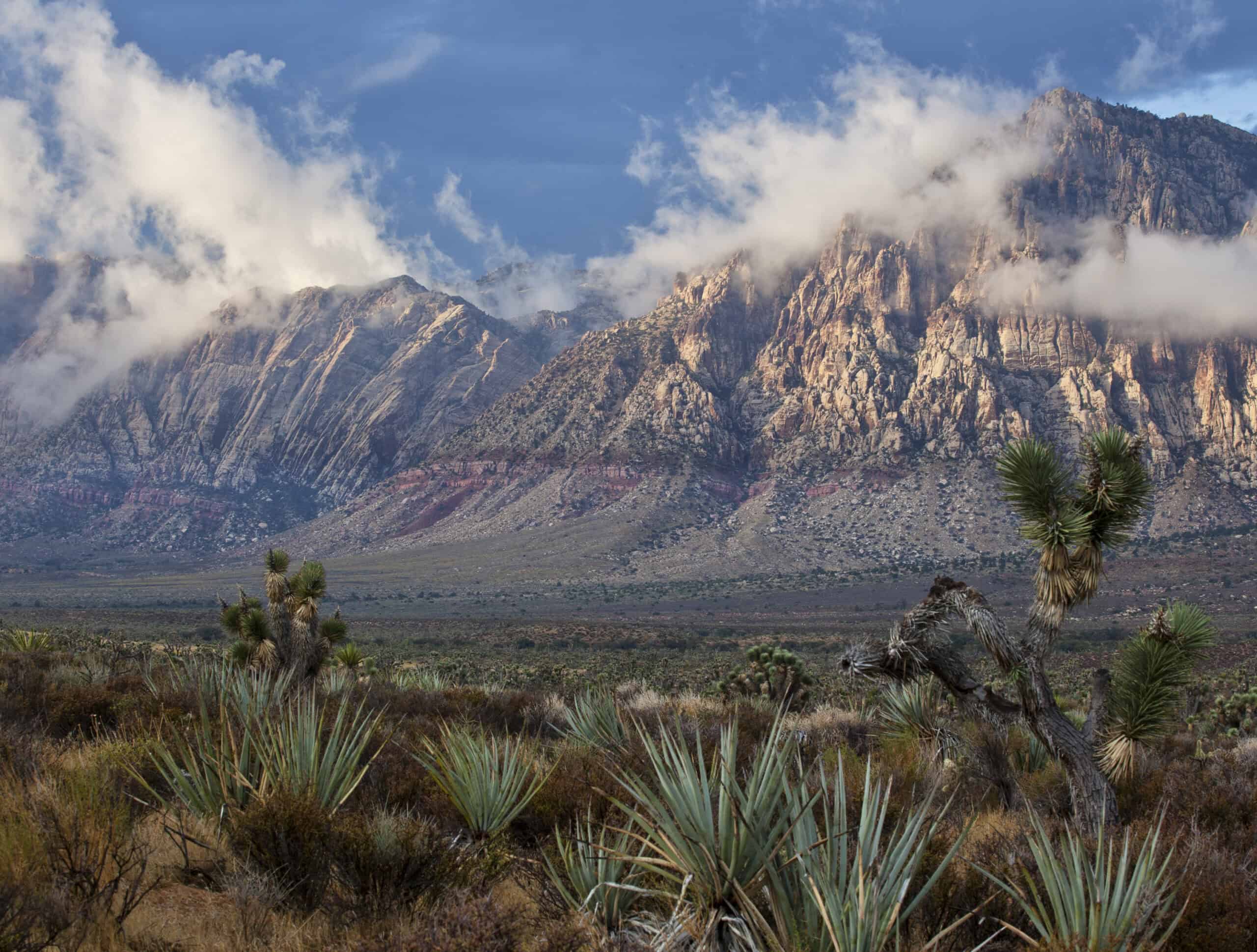Share this article
JWM: Could handling alligators reduce alligator attacks?
Fatal alligator attacks used to be unheard of in South Carolina. But as more and more residents and tourists head into areas where alligators are common, fatalities—while still rare—have been on the rise. Researchers may have found a way to reduce these dangerous encounters, though. Alligators that have been handled—or that observed others being handled—appear to be more fearful of humans and more likely to keep their distance.
“It’s not surprising that an animal would be trap shy,” said Anjelika Kidd-Weaver, lead author of the study published recently in the Journal of Wildlife Management. “But to really put it into practice and say this can work with a large predator can potentially have some big impacts.”
As a doctoral candidate at Clemson University, Kidd-Weaver’s fieldwork was a bit unusual. Scooting around golf courses and freshwater ponds in a golf cart, she and Thomas Murphy, a veteran South Carolina Department of Natural Resources alligator researcher, searched for the reptiles in resort areas along the South Carolina coast. They traversed Spring Island, a conservation-focused residential development near the resort town of Hilton Head, and Fripp Island, a more urbanized barrier island nearby. When they spotted an alligator (Alligator mississippiensis), the team hopped out of the golf cart to see how close they could get before it fled.
Kidd-Weaver, a graduate student more used to studying birds than predatory reptiles, stopped a cautious five meters away. Murphy, with decades of alligator work under his belt, was, well, a bit bolder.
For the previous decade, Murphy had been conducting intensive alligator research on Spring Island, so many of the alligators there had experience being trapped, tagged and released. When Murphy and Kidd-Weaver approached these alligators, they all fled. But on Fripp Island, the researchers encountered alligators that hadn’t been handled and were less prone to flee.
“We’re considering this idea that alligators learn over time and they remember,” Kitt-Weaver said. “I think that’s really the crux of it. In the urge to avoid anthropomorphizing animals, we kind of assume they’re very instinctual and everything is a moment-by-moment decision. While that may be true, I don’t think it’s anthropomorphizing to think animals learn and remember.”
Larger alligators seemed to be the wariest. With size comes age and experience, she said, and older alligators were more likely to have had negative experiences with people.
Researchers are a little hesitant to draw a direct link between the Spring Island alligators’ wariness and past capture. Other factors could be at play, Kidd-Weaver said. For example, the Fripp Island alligators like other urban wildlife, may be bolder around people and more hesitant to flee, she said.
But the findings are encouraging. In later research yet to be published, she and her colleagues captured a number of alligators across a wider range of conditions using an experimental design, so that they could compare flight response between captured and uncaptured alligators. While her team is still analyzing the numbers, “it is looking promising,” she said. Alligators that have been captured, or that saw other alligators be captured, seem more prone to flee.
That suggests that managers may be able to reduce run-ins between people and alligators by capturing and releasing the animals. Since alligators near people can be lethally removed whether they appear aggressive or not, that could be lifesaving on both sides of the equation, Kidd-Weaver said.
“We have an opportunity to start making moves toward protecting people as well as protecting alligators,” she said.
This article features research that was published in a TWS peer-reviewed journal. Individual online access to all TWS journal articles is a benefit of membership. Join TWS now to read the latest in wildlife research.
Header Image: An alligator is released after researchers in South Carolina captured and tagged it. Credit: Carissa Tice








